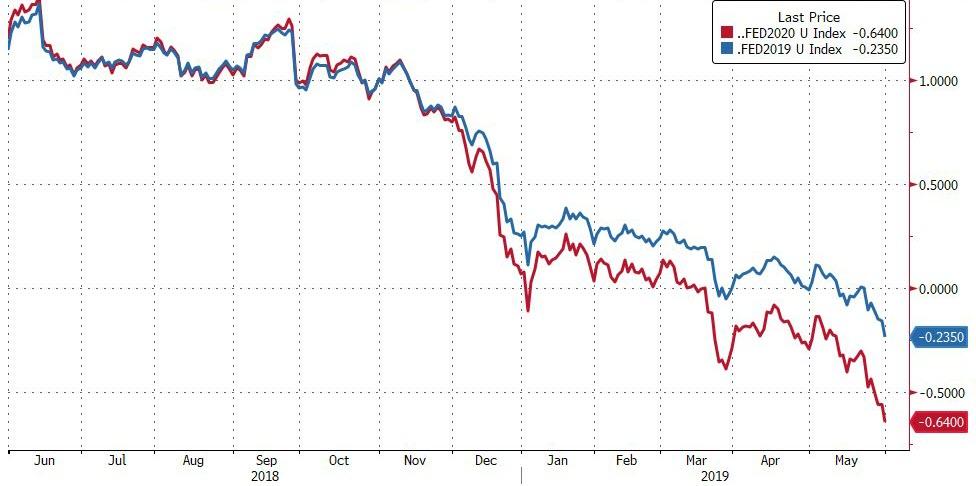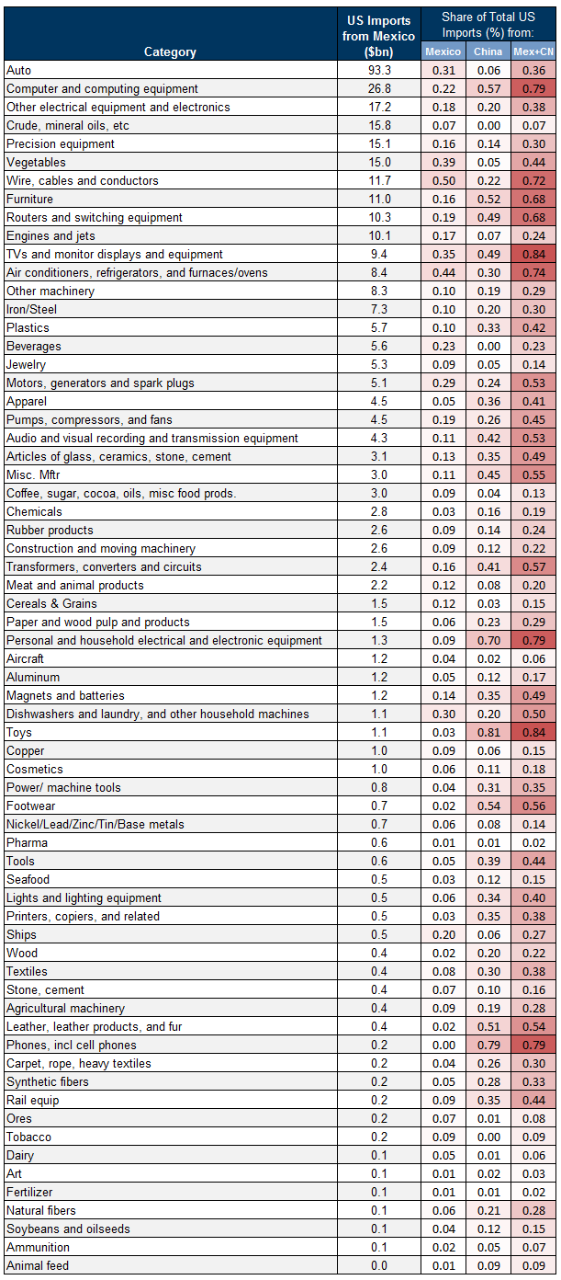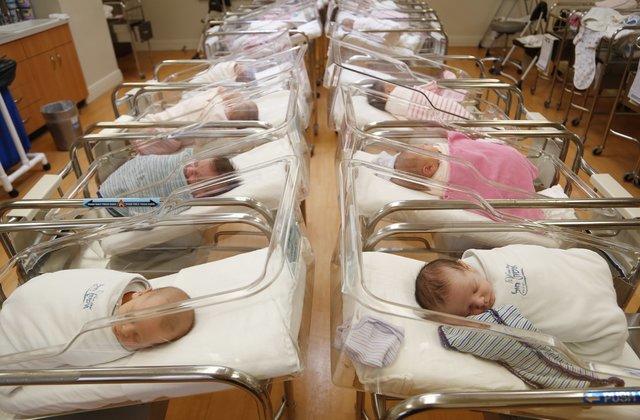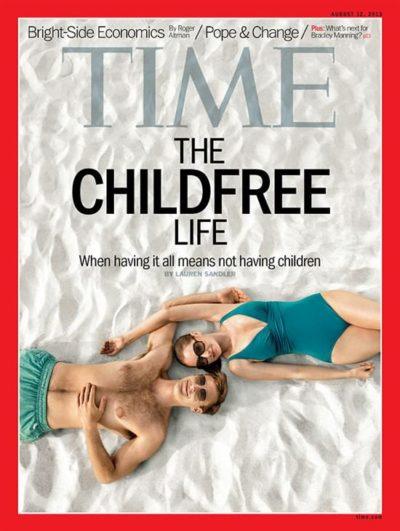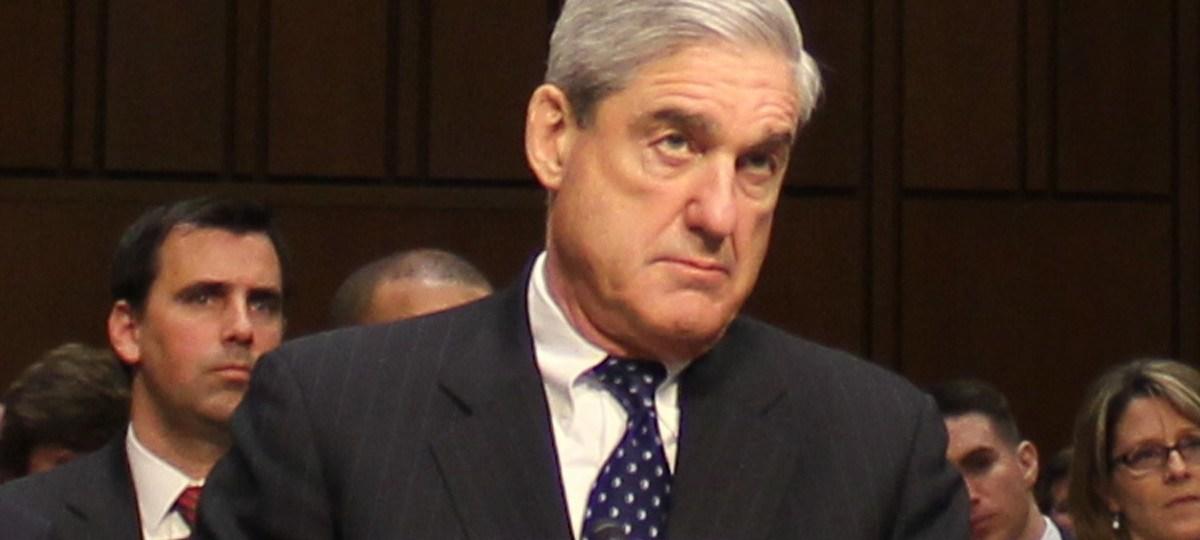Good news: The Earth was 518.98 percent more abundant last year than it was in 1980.
So says the latest edition of the Simon Abundance Index, which tracks the relative availability of 50 fundamental commodities over time. The index, which was first unveiled last year by Marian Tupy of the Cato Institute and Gale Pooley of Brigham Young University–Hawaii, was inspired by economist Julian Simon’s famous win over population bomber Paul Ehrlich in a bet on whether the prices of a basket of non-renewable resources would rise or fall between 1980 and 1990. They fell by more than 50 percent, and in 1990 Ehrlich mailed Simon a check for $576.07.
In constructing the index, Tupy and Pooley first measure the “time price” of that basket of 50 commodities—that is, the amount of time that a person has to work in order to earn enough money to buy something. They calculate this by multiplying the World Bank’s average global GDP per person with the Conference Board’s estimate of annual hours worked. Tupy and Pooley find that from 1980 and 2018, the average time price of the basket of 50 basic commodities fell by 72.3 percent. In other words, the time it took to earn enough money to buy one unit in that basket of commodities in 1980 bought 3.62 units in 2018.
Tupy and Pooley then use the time price of the commodities and the change in global population to estimate overall resource abundance. In their words:
The Index represents the ratio of the change in population over the change in the time price, times 100. It has a base year of 1980 and a base value of 100. In 2018, the Index reached a level of 618.98. That is to say that the Earth was 518.98 percent more abundant in 2018 than it was in 1980. The compounded growth rate of abundance came to 3.44 percent per annum, which means that the affordability of our basket of commodities doubled every 20.49 years.
Back in 1981, Simon argued compellingly that human minds are the ultimate resource. “There is no physical or economic reason,” he wrote, “why human resourcefulness and enterprise cannot forever continue to respond to impending shortages and existing problems with new expedients that, after an adjustment period, leave us better off than before the problem arose.”
Tupy and Pooley confirm Simon’s insight by noting that between 1980 and 2018, the world’s population increased by 71.2 percent. The time price of commodities fell by 72.3 percent. Consequently, the time price of commodities declined by 1.016 percent for every 1 percent increase in the world’s population. In other words, over the last 38 years, every additional human being born on our planet appears to have made resources proportionately more plentiful for the rest of us.
Disclosure: Marian Tupy and I are co-authors of the forthcoming book Ten Global Trends Every Smart Person Should Know.
from Latest – Reason.com http://bit.ly/2ELdlaB
via IFTTT
